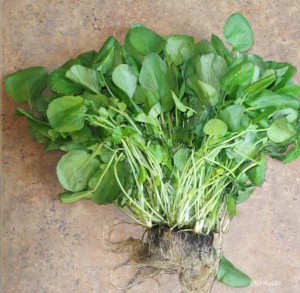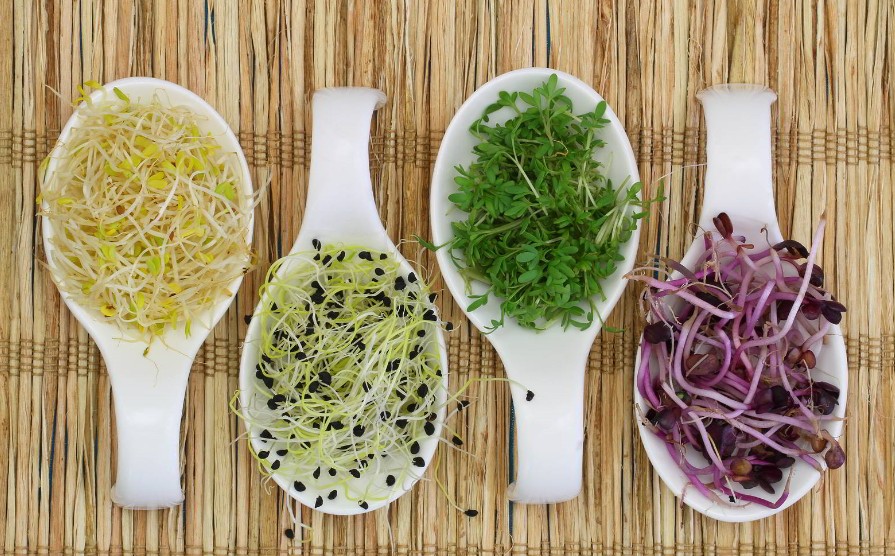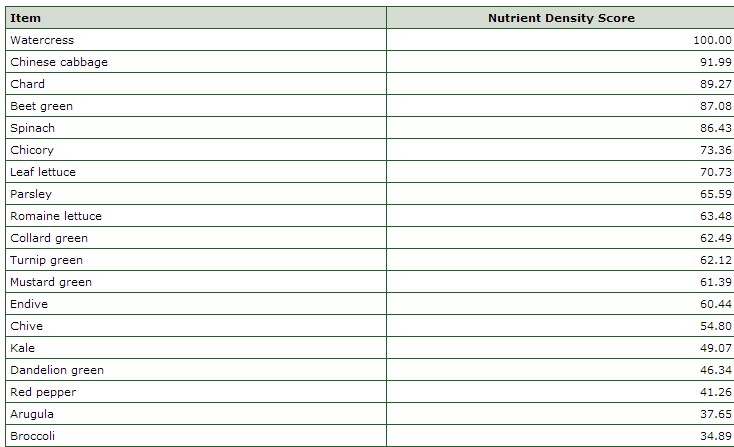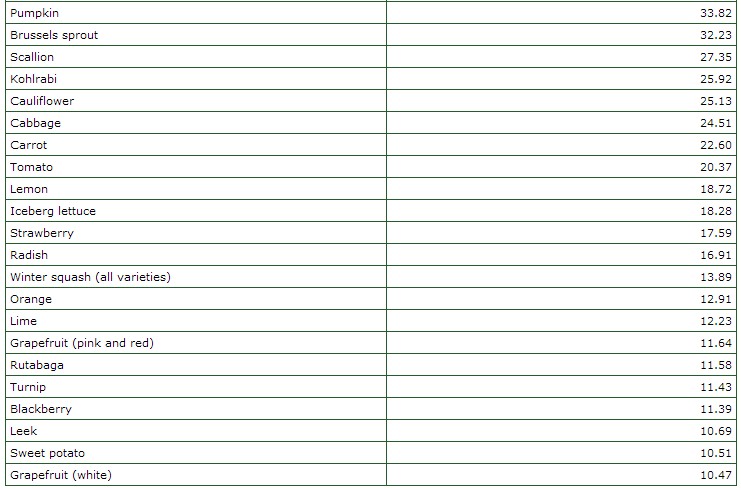A new study conducted by William Paterson University has ranked the healthiest fruit and vegetable superfoods. The 41-item list was compiled based on nutrient density, and is considered to be an important step toward defining and quantifying green foods based on their nutritional value in order to help consumers in choosing the healthiest foods.

The study, “Defining Powerhouse Fruits and Vegetables: A Nutrient Density Approach,” was completed by William Paterson University’s Jennifer Di Doia, PhD, and published on the Centers for Disease Control and Prevention (CDC) website.
The research employed a three-step process. First, potential powerhouse fruits and vegetables (PFV) were listed and nutrient and kilocalorie values were calculated for each PFV in their raw forms. A nutrient density score was calculated for each food, and limitations to the effective value of each nutrient were accounted for so that PFVs that were particularly rich in only one nutrient would not skew the results. Then, the most nutritious PFVs–containing the Food and Drug Administration’s (FDA) required 10 percent of daily nutrition–were selected and ranked.
Of 47 foods studied, only six did not measure up to the FDA requirements–raspberry, tangerine, cranberry, garlic, onion, and blueberry.

At the top of the list was watercress. Chinese cabbage, chard, beet green and spinach were also much higher in nutritional value by weight than other green superfoods. These top foods were found to be more than twice as nutritious as broccoli or red pepper, and around four times as nutritious as cabbage, cauliflower, carrot, tomatoe, lemon, lettuce, strawberries or oranges. In fact, Oranges, grapefruit, blackberry, leek, and sweet potato just barely made the list.
The researcher responsible for the study stated that she felt, “The focus on individual foods in terms of the nutrients they provide may facilitate better understanding of PFV than green leafy, yellow/orange, citrus, and cruciferous food groups that are emphasized,” but cautioned, “Foods within particular groups were studied; thus, other nutrient-dense items may have been overlooked. Because it was not possible to include phytochemical data in the calculation of nutrient density scores, the scores do not reflect all of the constituents that may confer health benefits.”
By Day Blakely Donaldson
CDC


